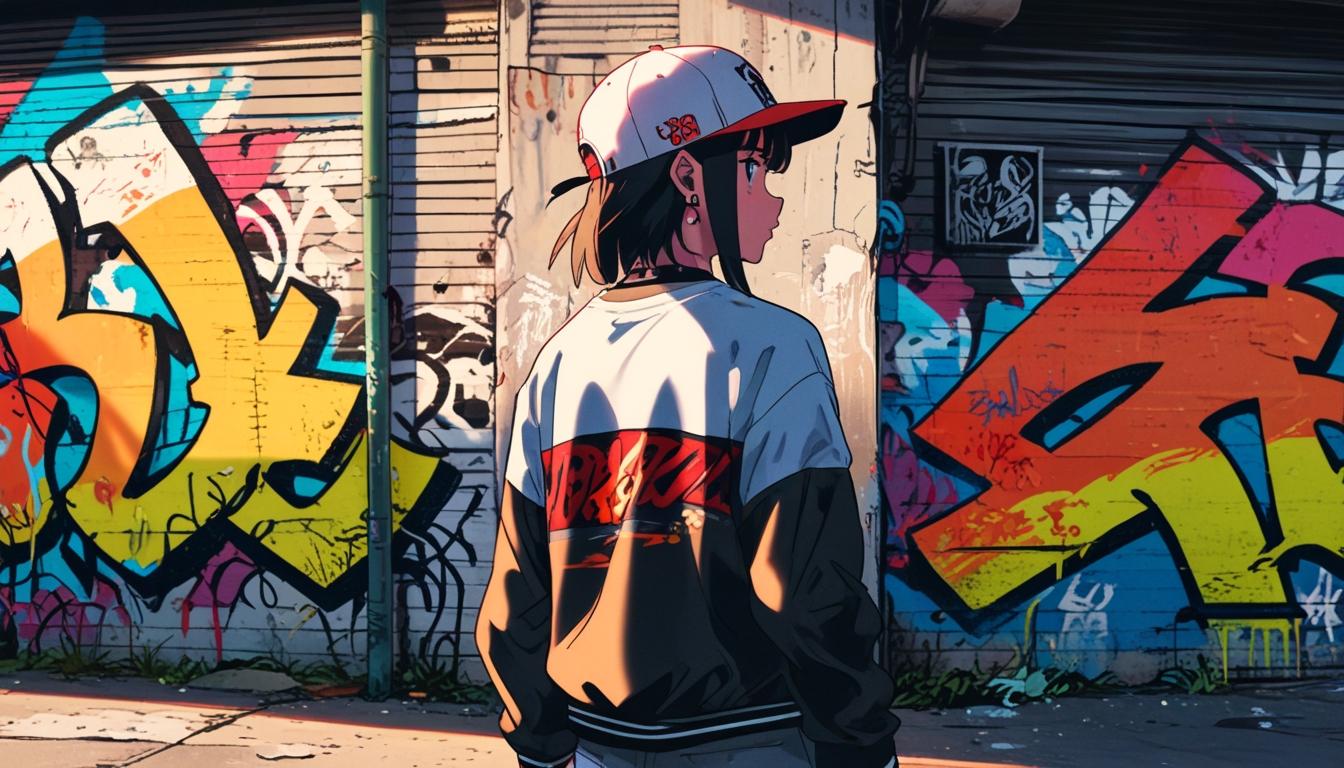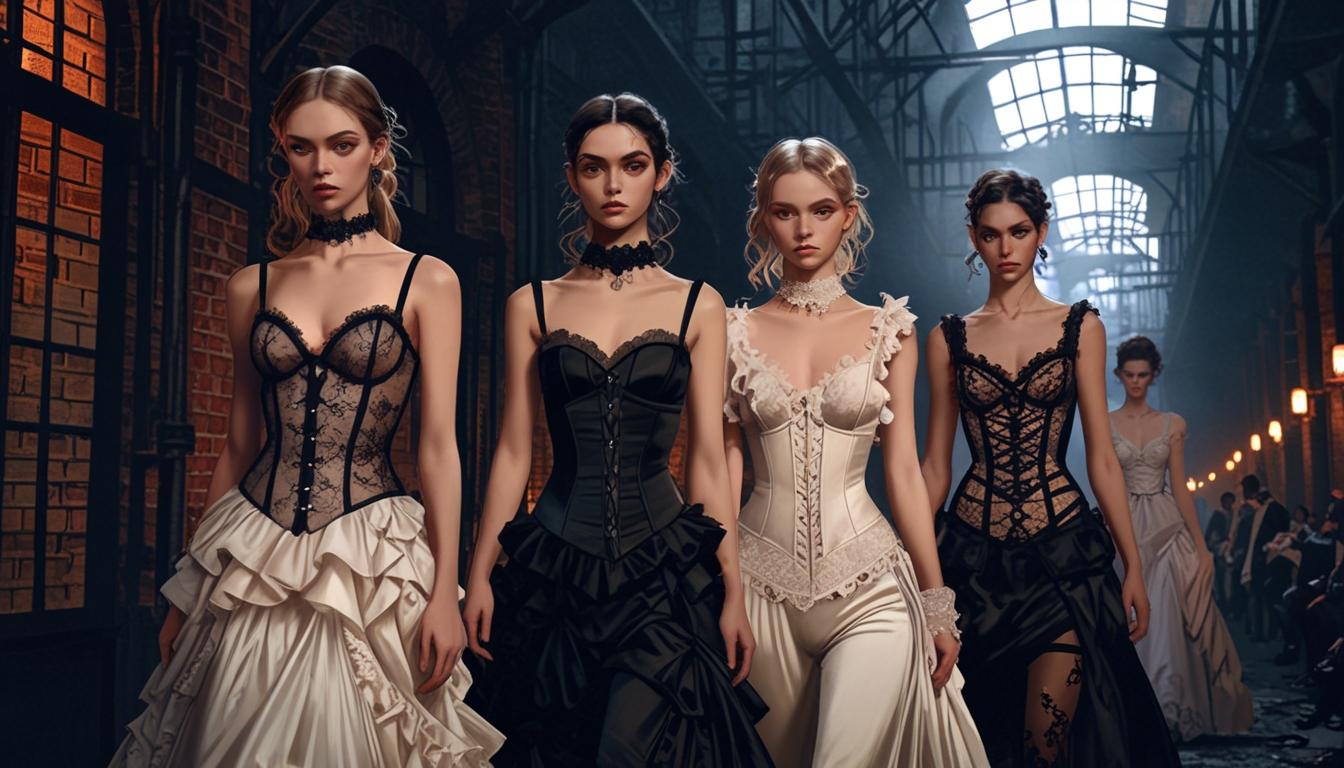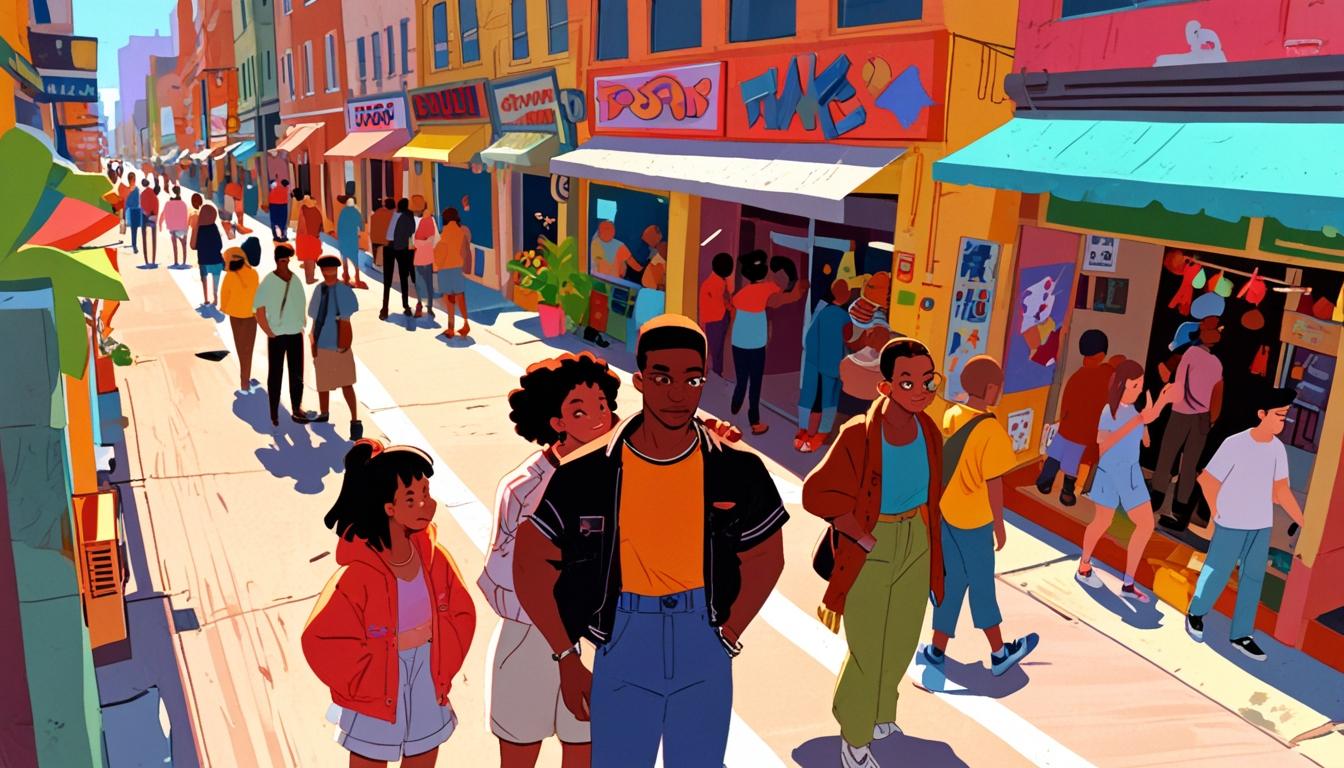Custom-fitted hats, particularly worn backwards, have surged in popularity, blending nostalgia and rebellion into a modern fashion statement.
Custom-fitted hats have surged in popularity, evolving into a specialized market within the fashion industry, according to Leon Chen, a cap designer for Pro Image Sports Colorado. Brands such as Alice Hollywood, Yohji Yamamoto, and Styll have been at the forefront of this trend, delivering innovative takes on traditional styles, incorporating features like decorative pins and ‘dog ears.’
“The job of hat designer wasn’t a thing before. The pandemic really jump-started the craze. There was a captive audience and a lot of hat content being made at that time,” Chen explained. The period saw a significant increase in online hat purchases, enabling many to explore personal styles from home.
Chen highlighted a notable fashion movement where celebrities, including Bad Bunny and Justin Bieber, have been spotted donning fitted hats backwards. While the popularity of fitted hats has been growing, Chen noted that the backwards style is a more recent trend that evokes memories of the 1990s rebellion associated with hip-hop duo Kriss Kross. “It was always kind of a sign of being a rebel in the ’90s,” he remarked, suggesting that this practice carries both nostalgia and modern significance.
Josh Roter, co-owner of Toronto’s In Vintage We Trust, elaborated on the cultural significance of wearing caps backwards. He recalled Ken Griffey Jr.’s 1993 Home Run Derby appearance, where Griffey famously flipped his Seattle Mariners cap as a defiant statement against the traditional norms expected in professional sports. “He made what was traditionally a team sport about himself,” Roter commented, illustrating the shift from uniformity to personal expression.
In recent months, a marked increase in Yankees fitted sales has been observed, a trend that Roter attributes to the resurgence of Y2K fashion aesthetics. He pointed out that while Spike Lee famously sported a red Yankees cap in 1996, contemporary youth may be looking to figures like Fred Durst for style cues that resonate. “Young people are trying to get a reaction… wearing a red cap backwards—will get a certain type of reaction,” Roter stated, underscoring how this style signifies a rebellious spirit.
Stylist Comrie noted that the backwards cap embodies a broader cultural attitude of resistance and discontent. He referenced Kendrick Lamar’s Super Bowl performance, which featured themes of rebellion and societal divisions, suggesting that the act of wearing a hat backwards may inadvertently reflect the collective mindset of frustration prevalent in society today. “I think a lot of us are feeling like things aren’t going the way that we would like them to be going. There’s a general desire to just go against the status quo,” Comrie asserted.
As the trend continues to evolve, opinions regarding the backwards fitted vary. Some see it as an emblem of defiance while others view it as a stylish choice accessible to many. Gray, discussing practicality, mentioned the suitability of backwards fitted hats, particularly for those who might find other styles less flattering. “The best hat to wear is a backwards fitted,” he concluded, indicating its versatility and appeal in contemporary fashion.
Whether driven by nostalgia, rebellion, or sheer style, the backwards fitted hat appears to be making a substantial mark in today’s fashion landscape, resonating with a diverse audience in remarkable ways.
Source: Noah Wire Services



